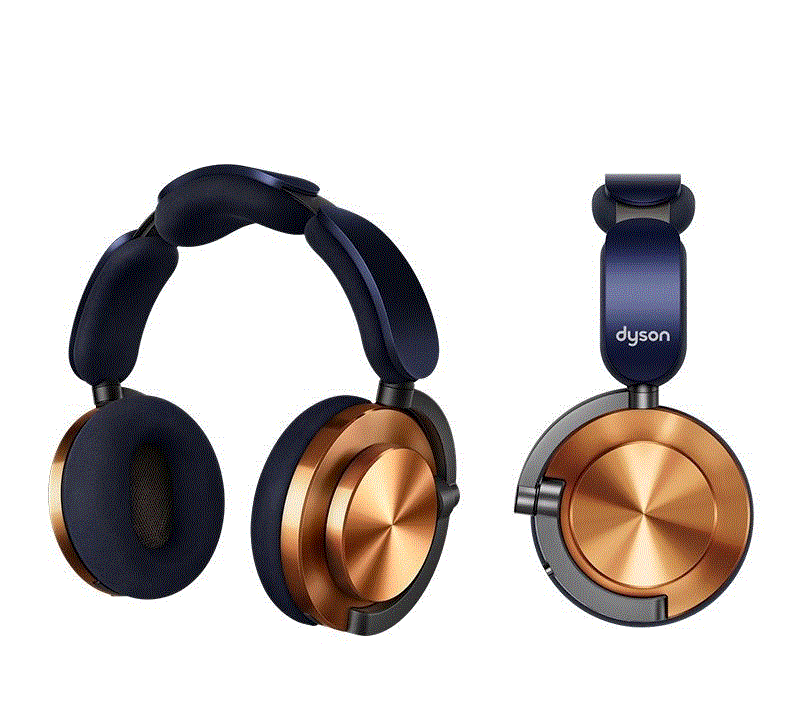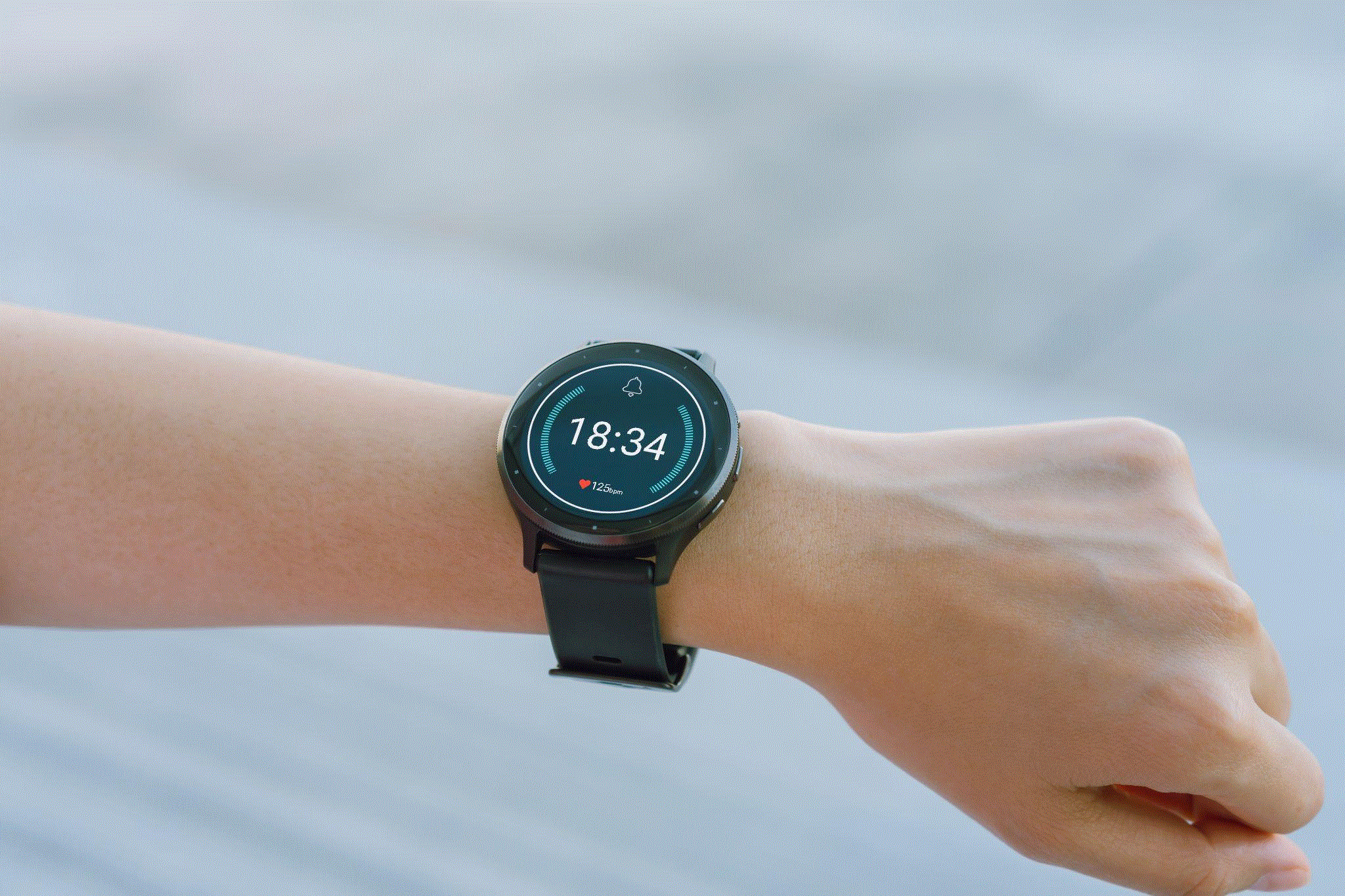There is a reason why it is called unwanted hair – because you really don’t want that hair in that particular part of your body. So, while almost everyone will want a head full of hair, that is long, thick and dense, when you see hair on your arms, legs or underarms, you might not be truly happy. Unwanted hair has led to a range of hair removal methods too – from waxing and threading to shaving and hair removal creams. And the comparative newcomer to this arena has to be laser hair removal and because this is a fairly new entrant into the world of hair removal, there are still doubts, questions and more about this process.
One of the most commonly asked questions has to be this – how do we choose the right laser hair removal treatment for ourselves. The answer to this would probably start with getting a better understanding of the various types of lasers and how they work to help remove unwanted hair.
There are several types of lasers that are used to remove hair and the main ones include:
- IPL – Intense Pulsed Light is not technically a laser, rather it is a broad-spectrum light source, which is commonly used to remove unwanted hair. The device emits multiple wavelengths of light, which is why these are extremely versatile and can be used for various skin types and hair colors. IPL treatments can cover larger areas quickly and are often used for hair removal on the face, arms, and legs.
- Diode laser –This laser hair removal treatment is most commonly used for people with light to medium skin, but dark hair. Because the laser has a longer wavelength, it is able to penetrate deeper into the skin while minimizing any risks associated with pigment changes. This method is most popular for larger areas of the body like the back, chest or legs.
- Alexandrite Laser – This type of laser is considered most suitable for people who have fair to olive skin tones and because they have a shorter wavelength, they work well on large areas of the body, including back, legs and stomach. Alexandrite lasers are relatively fast and provide effective results for those with light skin and dark hair.
- Nd:YAG Laser – With a longer wavelength, this type of laser is suitable for all skin types, including darker skin tones and also works like a charm on fine and coarse hair. Nd:YAG lasers are often chosen for patients with darker skin tones because they have a lower risk of causing hyperpigmentation.
While these are the most commonly used lasers in laser hair removal, there are certain others in the field as well. For example, the Ruby Laser, which has a shorter wavelength and is suited most for people with fair skin. Because it has a limited penetration capacity, it is used mainly for light coloured and fine hair. The Soprano Ice Laser, is another type of diode laser, which has a unique cooling ability, which is said to reduce the discomfort and works for all skin types. The Vectus Laser is also a diode system and is known for its speed and efficiency. Because it allows for a larger spot size, the treatment sessions are much faster.
Now that we have looked at the main types of lasers, let’s move onto what factors you should keep in mind while trying to choose the right type of laser hair removal treatment procedure for your body.
- Removing hair via laser is heavily dependent on the type of hair and skin you have. This is why it is important that you have a proper discussion with your technician and choose a laser treatment that is suitable for your hair and skin type. Although there are several modern and high-end lasers in the market today, but not each and everyone of them will work for your skin and hair type.
- You might feel that laser, being a non-invasive method, can be done by just anyone, but that is where you would be going extremely wrong. If not done by an experienced technician and at a licensed clinic or spa, you could be in for a world of trouble. From unsatisfactory results to rashes, redness, swelling and more, there could be plenty of problems that you might have to face, if you do not get your laser hair removal done properly.
- Although laser hair removal is an overall safe procedure, there are still some safety measures that need to be in place. For starters, there should be protective eye wear and proper hygiene protocols should be in place. Ideally, a patch test should be done, before starting the actual procedure, to check that there are no allergic or severe reactions.
- Rather than trying to make you sign onto some random plan, there should ideally be a plan that is customized for your specific needs. It should be tailormade to your skin and hair type.
If you are in the market for laser hair removal treatment, it is important that you consider all these points and do a tad bit of research before signing up!






























